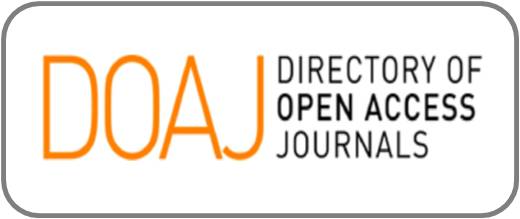Gender Relationship Analysis in Coastal Resources Management in Fishermen's Households: Functional Structural Theory Perspective
DOI:
https://doi.org/10.47540/ijqr.v1i1.314Keywords:
Coastal Resources, Fishermen's Households, Gender RelationsAbstract
The results showed that gender relations in the management of coastal resources in fishing households took place in the following activities: fishing; making fishing lines; netting; net embroidery; fish transportation; fish preservation; and sale of fish. Of the seven activities, the wife plays a role in almost all coastal resource management activities, except for fishing activities. In addition, the wife does all domestic roles while the husband only focuses on the public role and does not involve himself in the domestic role. In view of the structural-functional theory, the results of this study illustrate that gender relations in coastal resource management in fishing households indicate a power relationship and status differences between men and women. The involvement of the wife (woman) in almost all activities is a form of integration (integration) carried out by the wife (woman) to maintain the continuity of the household and maintain the balance of the family integrity system, although this role is not balanced but complementary. The results of this study also show that gender relations in the management of coastal resources in fishermen's households have ideologically “perpetuated” male domination and gender stratification in fishermen's family institutions and society in general.
References
Aisha, N. (2013). Gender Relations in Family Institutions (Social and Feminist Theory Views). Journal of Muwazah. 5(2).
Astuti, I. (2010). Gender Relations in Families of Women Traders in Klewer Market, Surakarta City. [Thesis]. Sebelas Maret University, Faculty of Social and Political Sciences, Department of Sociology, Surakarta.
Azizi A., Hikmah, Pranowo, SA. (2010). The Role of Gender in Decision Making in Fishermen's Households in North Semarang City, Central Java Province. Journal of Socio-Economic Marine and Fisheries. 7(1).
Hajrah, A. 2016. Sustainable Management of Coastal Resources for the Development of Coastal Areas. [Thesis]. UIN Alauddin Makassar, Faculty of Science and Technology, Department of Urban and Regional Planning Engineering, Makassar. hubby,
Kusnadi, et al. 2006. Coastal Women. Jember: LKis Yogyakarta.
Kusumo Rani AB, Charina Anne, Gema Wibawa Mukti. (2013). Gender Analysis in the Family Life of Fishermen in Pangandaran District, Ciamis Regency. Journal of Social Economics of Agriculture, Vol. 2(1).
Narwoko, J. D., and Suyanto, B. (2007). Sociology: Introductory Text and Applied. Jakarta: Prenada Media.
Narti, S., Indasari, F. (2018). Stereotypes of Gender Roles in Fishermen Communities in Facing Vulnerability in Life in Bengkulu City. In Royal National Seminar (SENAR). 1(1).
Sabdillah Sahar, M., Roslan, S., & Sarpin. (2020). The Impacts of the Use of the Bagan Apung on the Socio-Economic Life of Fishermen Communities. Indonesian Journal of Social and Environmental Issues (IJSEI), 1(1), 22-26.
Umar, N. (2000). Arguments for Gender Equality in the Perspective of the Qur'an. Jakarta: Paramadina.
Upe. A. (2016): Social Research Methods (Metode Penelitian Sosial), Kendari: Literacy Institute.
Wulandari W. (2016). Welfare Level of Small Fishermen. [Thesis]. Muhammadiyah University Purwokerto.
Published
How to Cite
Issue
Section
Copyright (c) 2021 Syaifudin Suhri Kasim, Sarmadan, Masrul, Ratna Supiyah, Tanzil

This work is licensed under a Creative Commons Attribution-ShareAlike 4.0 International License.

















